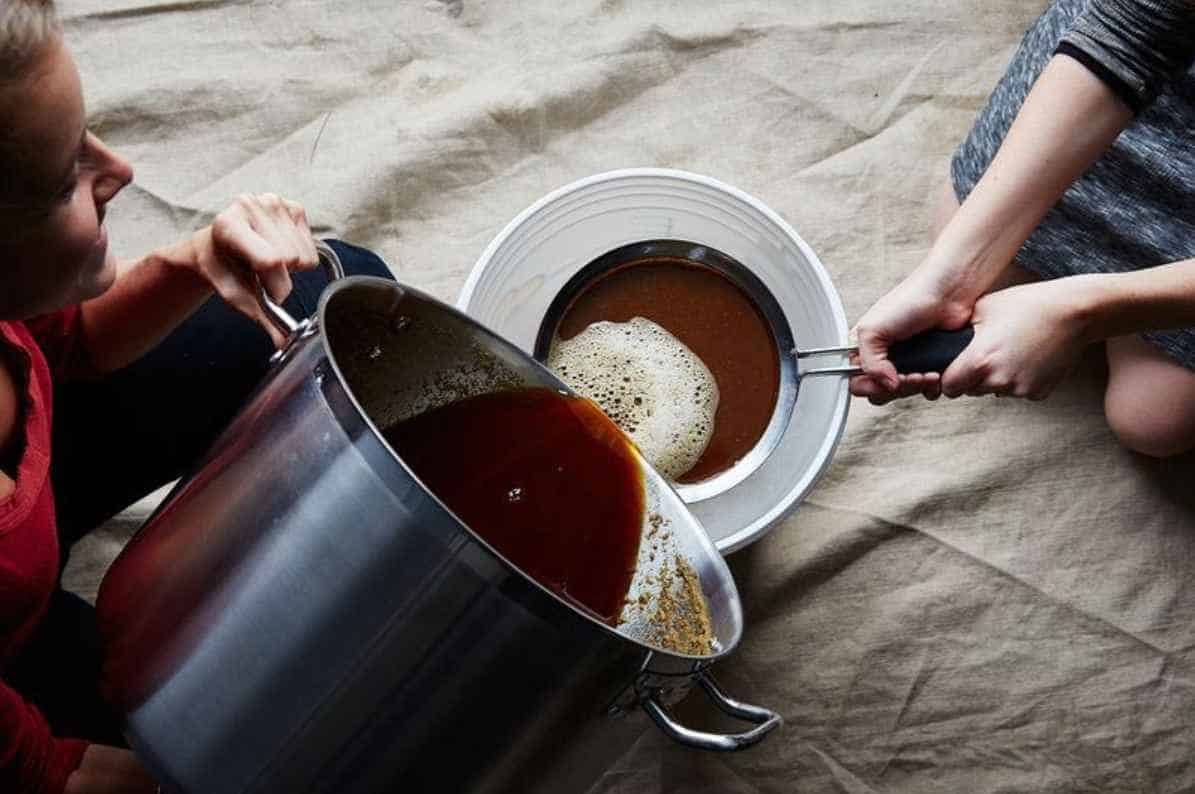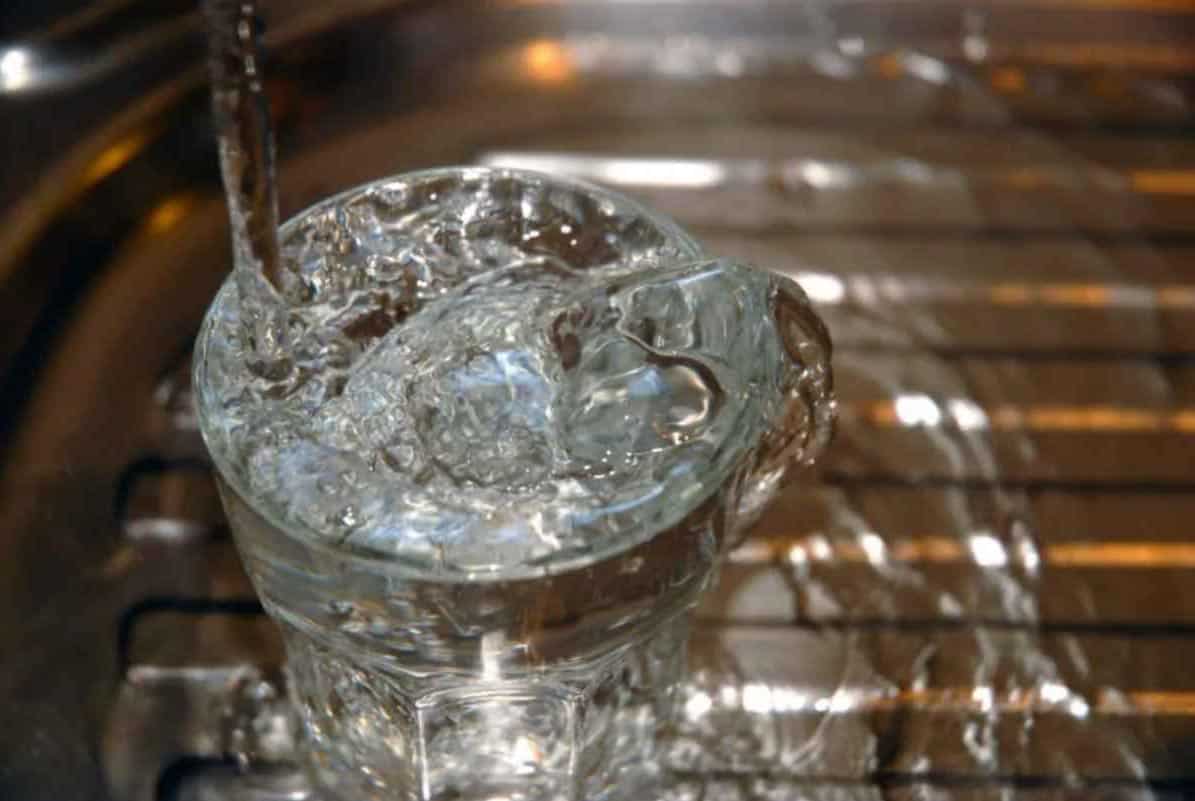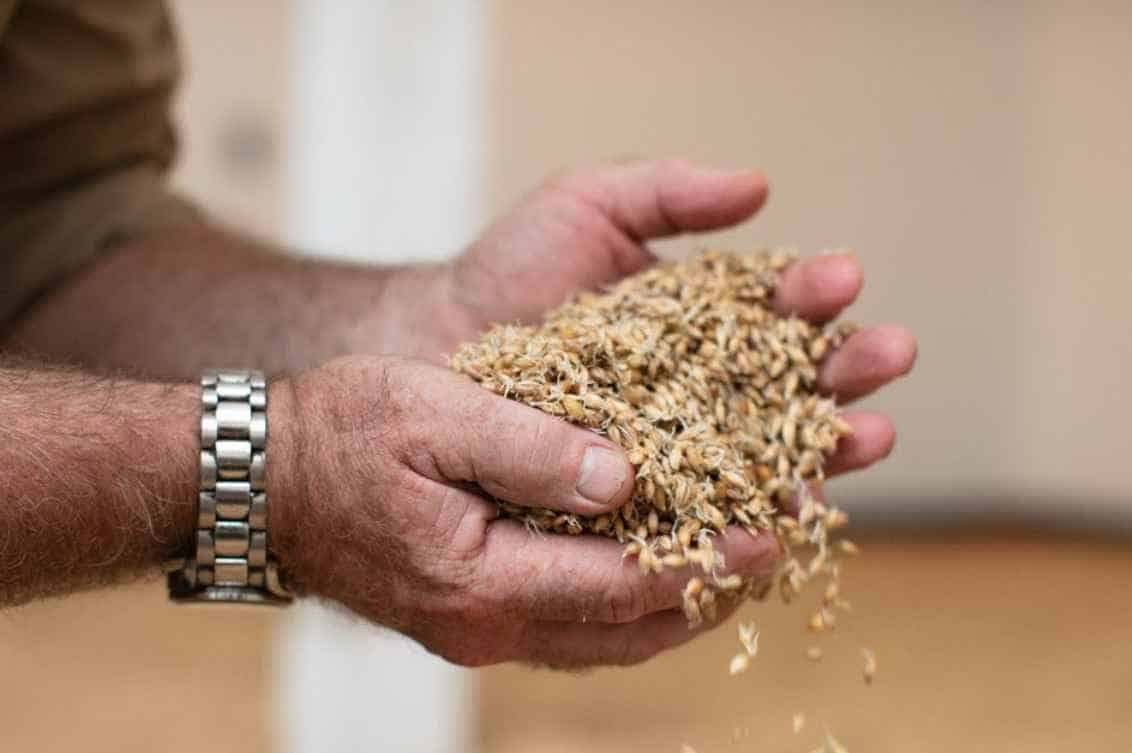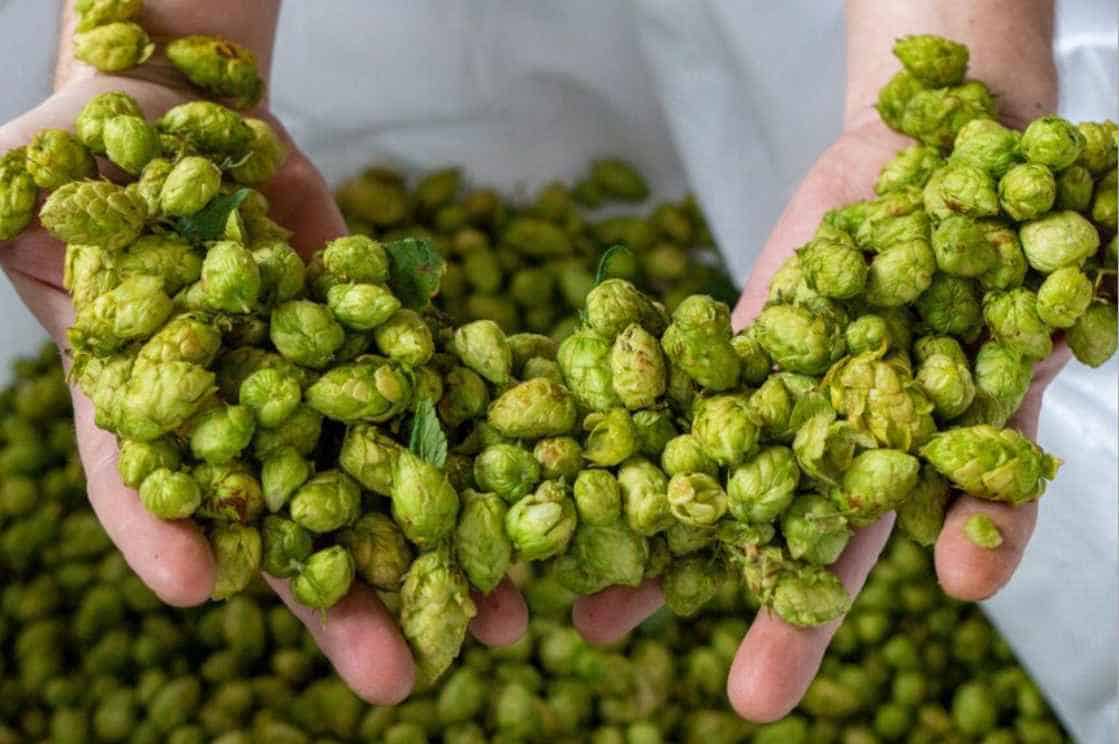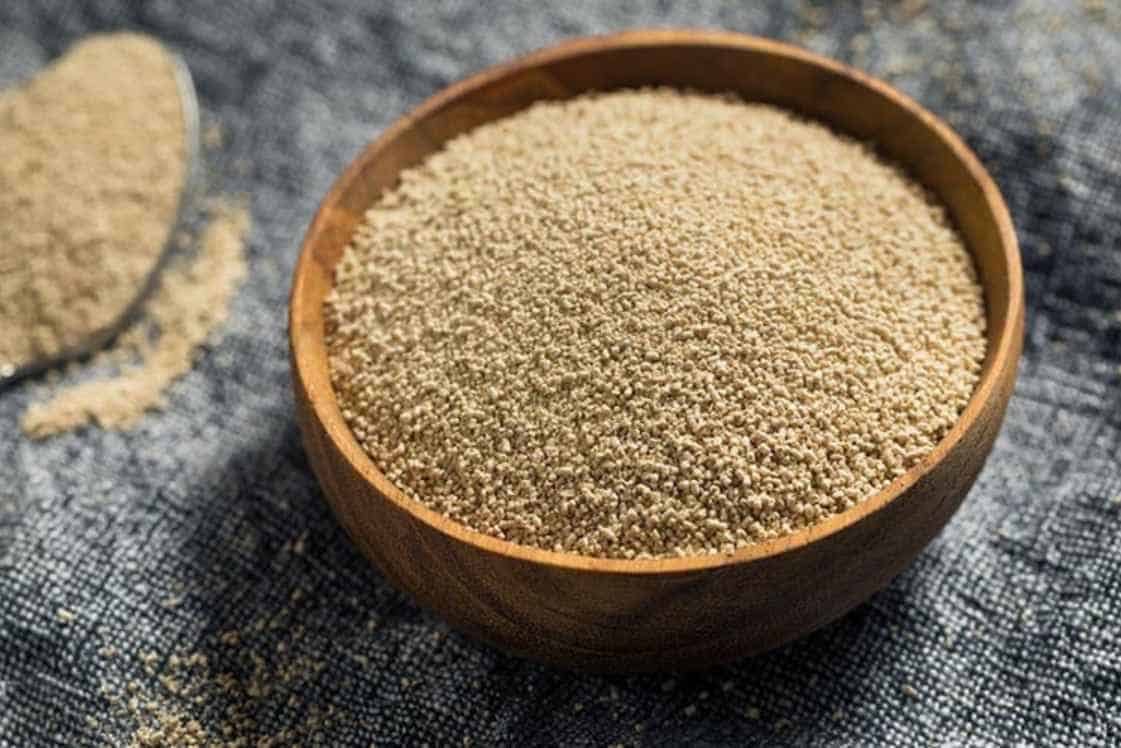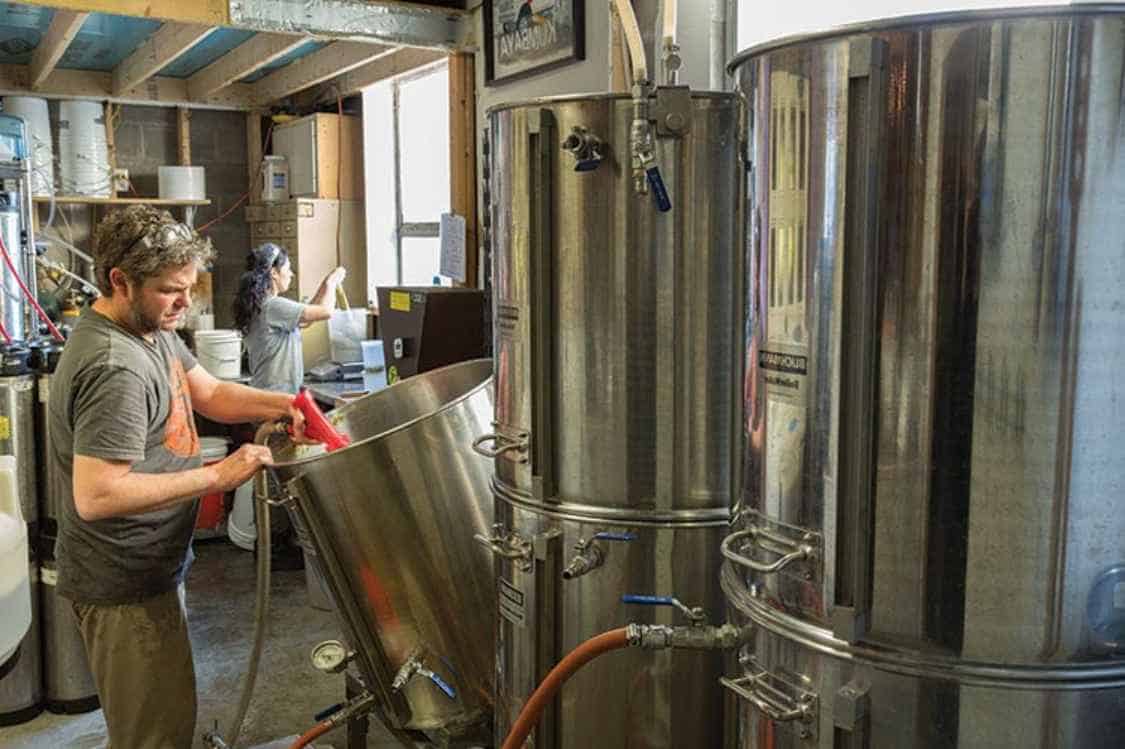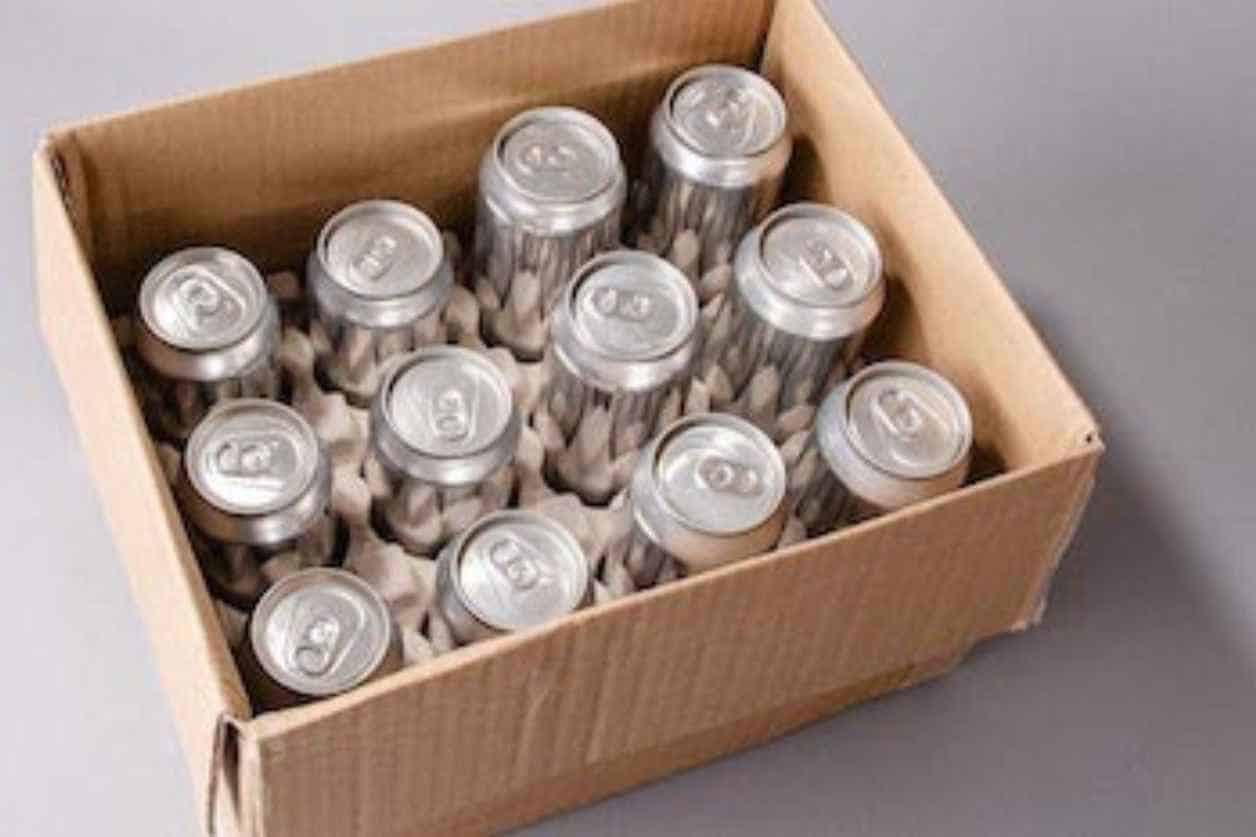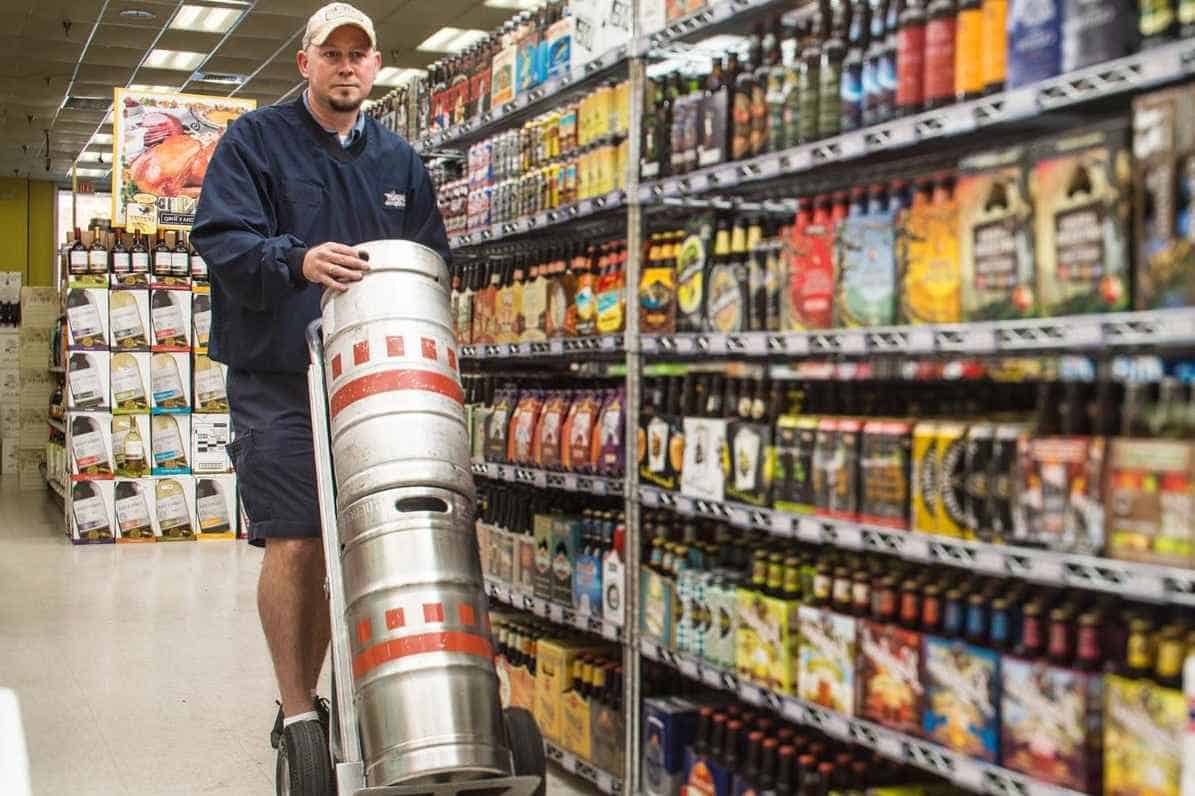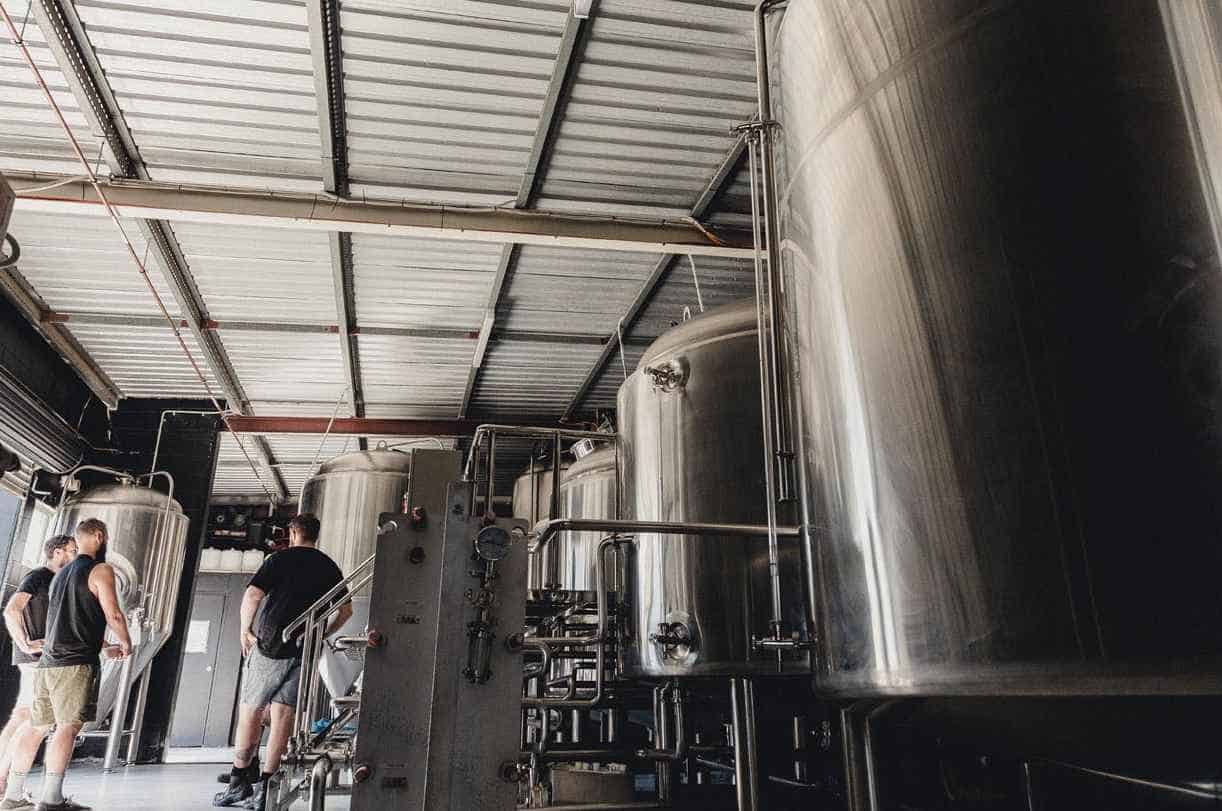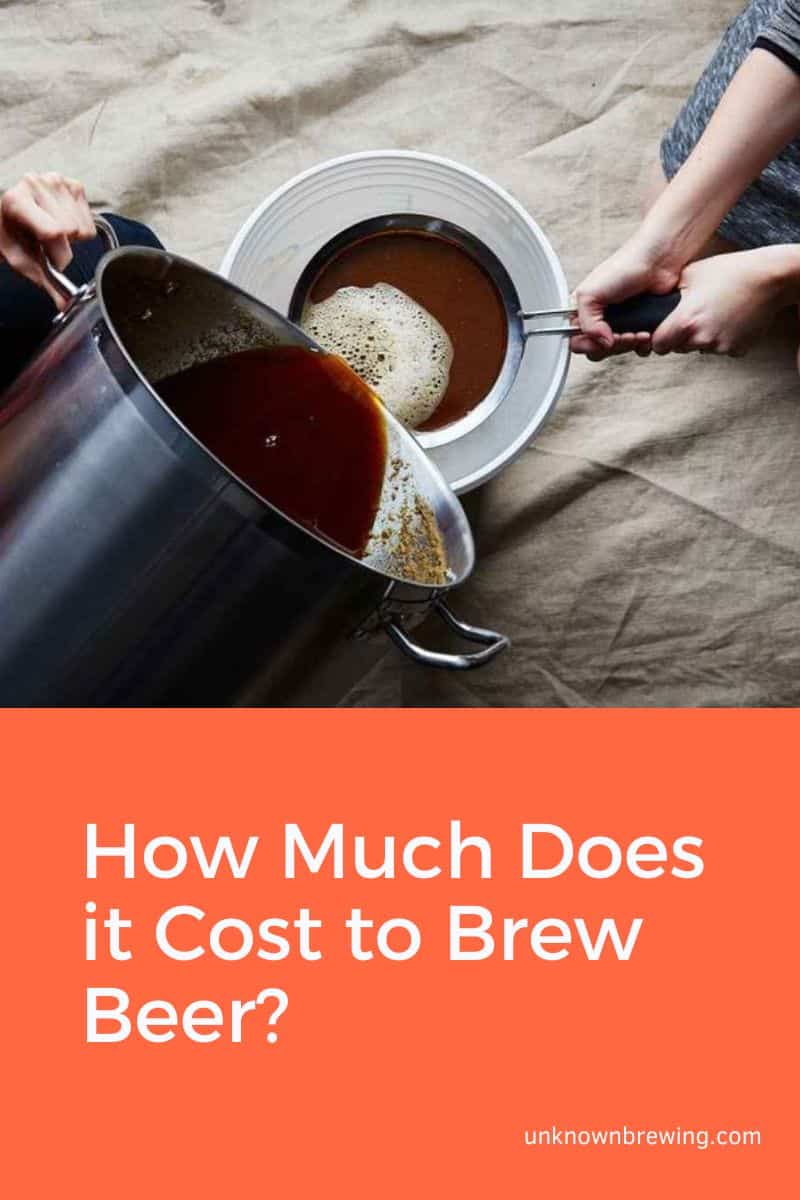Have you ever looked at a beer bottle and wondered why it costs as much as it does? Well, we did, and this is what we found out.
The cost of brewing a beer is influenced by various factors. This article covers the various costs of brewing beer, from raw materials to finished products. We’ll also look at distribution and how it impacts the price of beer.
Knowing how these factors influence the price of beer can help you increase your margin as a brewer. It can also help you determine a fair price for your brew. Below are the factors that influence the cost of brewing.
The Cost of Beer Ingredients
Beer is made from four key ingredients: water, malted grains, yeast, and hops. Let’s look at each ingredient and how it affects the cost of beer:
Water Costs
Beer brewing requires a lot of water, as beer is 95% water. You also need water for starting your malt and cleaning your equipment. On average, you need about five gallons of water to brew a gallon of beer.
The average price of water in the US is about $1.50 for 1,000 gallons. From this figure, a gallon of water costs $0.0015. There are ten 12 oz bottles in one gallon of beer.
You need five gallons of water ($0.0075) to make ten 12-ounce bottles of beer. The cost of water per 12-ounce beer bottle is $0.00075. Water costs don’t have enough impact on the price of beer.
Malt Costs
Malted grains are the primary source of fermentable sugars. These are the compounds that yeast converts to alcohol, carbon dioxide, and energy.
The scale of production significantly impacts malt costs. Macro breweries are the biggest players in the brewing industry. They are large brewers like Anheuser-Busch, MolsonCoors, and Heineken USA.
Due to their ability to buy in bulk, macro breweries can negotiate for lower grain prices. Independent craft breweries don’t have that type of leverage. Because of this advantage, macro beers are cheaper than craft beers.
A medium-sized craft brewery pays between 40 and 50 cents for a pound of malted grains. A macro brewery pays about 23 cents for a similar quantity. A craft brewer needs 70 pounds of malted grains to make a barrel of stout or IPA.
The malt contributes 66 cents to the cost of a craft beer six-pack. For macro beer, malt costs contribute only 17 cents to the price of a six-pack.
Hop Costs
Hops contribute to the flavor and aroma of a beer. They also contribute to the price of a beer. Different beer styles require different amounts of hops.
The IPA is the hoppiest beer style. It is also the best-selling style in the craft beer scene. These beers require different hop varieties added at different intervals. Hops cost money; the more you use, the higher your production costs.
Hop prices depend on the availability of specific strains. Most hops will cost you between $5 and $8 a pound. Some hop strains are rarer than others. Specialty-type hops are rare and more expensive. They cost up to $20 a pound, sometimes even more.
Macro brewers avoid hoppy beer styles. These brewers prefer lagers because they don’t require a lot of hops. And should macro brewers choose to add hops, they buy cheap varieties (about $4 a pound) in bulk. Macro beer six-packs are cheap because they only contain 5 cents worth of hops.
On the other hand, craft beers highly value the impact of hops on beer flavor. They like hoppy beer styles like IPAs and Sours. The price of a craft beer six-pack includes about 54 cents in hops costs. Double IPAs with premium hops can contain more than $1 in hop costs.
Yeast Costs
The cost of yeast can vary widely from brewer to brewer. Large breweries and some craft brewers cultivate their own yeast. Such a strategy can reduce yeast costs to nil.
Other craft brewers regularly buy fresh yeast batches. A fresh batch of yeast is sufficient to brew 30 barrels of beer and costs about $800. You can try to reuse the yeast, but this strategy is only viable for up to four beer batches. TOne effective way to reduce yeast costs is to grow your own cultures.
Reusing yeast can reduce yeast costs to 12 cents per six-pack of beer.
Brewing Costs
With all the ingredients paid for, brewing can begin. Below are the costs that come with brewing beer.
Labor Costs
Brewing is not an automated process. Sure, you can automate some processes like packaging, but you still need a brewmaster. According to ZipRecruiter, a brewmaster is paid an average rate of $24 per hour. It takes about 20 person-hours to brew a batch of beer. A 30-barrel batch would cost $480.
Packaging Costs
Packaging can contribute significantly to beer costs. For instance, a labeled glass bottle costs about 20 cents. If you add up the cans, the cardboard beer cases, and the bottle caps, packaging costs $1.50 per six-pack.
Shipping Costs
You should expect lower shipping rates if you’re selling your beers in-state. But for nationwide shipping, expect more costs. Transportation costs vary with seasons.
For example, in the summer, trucks are more expensive in California. Summer is harvest season for vegetable farmers in the Central Valley. The high demand for truckers pushes shipping costs by a couple of units.
To send a truck from one coast to another can cost you $5,000-$7,000. A truck carries around 80 cases in 18 pallets. With these figures, shipping costs 67 cents per six-pack of beer.
Federal Excise Taxes
All alcoholic products are subject to excise taxes at the federal and state levels. Smaller breweries pay lower excise taxes than larger ones. The state charges $7 per barrel in Washington for the first 60,000 barrels. Any barrel after that costs $18.
On average Federal excise taxes increase the price of a six-pack by 23 cents.
Distribution Cost
Distributors play a crucial role in the supply chain, including:
- Marketing and supplying beers to retailers
- Teaching retailers how to serve your beer
- Making up for supply chain breakages
In some regions, distribution is effectively a monopoly due to legal constraints, allowing distributors to set higher prices. They can charge what they want. Distribution per six-pack costs about $2.73.
Equipment Costs
You cannot make beer without brewing equipment. The cost of brewing equipment varies depending on brewing capacity. Let’s look at how costs vary with brewing capacity. The prices quoted in this section come from Brewmation and may vary from supplier to supplier.
| Brewing Capacity | Key Features | Cost |
| 3 BBL Brewing System | Basic technology | $50,000 – $60,000 |
| 7 BBL Brewing System | Slightly-improved automation | $85,000 – $100,000 |
| 15 BBL Brewing System | Advanced brewing technology
Emphasis on energy efficiency |
$225,000 – $250,000 |
For more details on equipment costs, check out our article on how much it costs to start a brewery.
Investing in high-quality brewing equipment can be cost-effective in the long run. You want energy-efficient equipment with reduced downtime. Faulty equipment can cost you money as you’ll have to shut down during repairs.
Equipment doesn’t feature in beer costs because we treat it as an investment. If you financed your equipment through a loan, ensure your profit margins can cover the repayment installments. You can improve your margins by cutting brewing costs.
Ways to Reduce Brewing Costs
Regarding the cost of beer, there are certain things we have no control over— distribution, retail markups, and taxes. You only have control over ingredient and brewing costs. Below are some effective strategies that may help you reduce production costs.
Reducing Ingredient Costs
You can reduce ingredient costs by negotiating for better prices. One effective strategy is to buy in bulk. Buying beyond your capacity is always risky because of spoilage. Ensure that you have proper storage facilities before buying in bulk.
You can also choose to brew low-alcohol brews. Low-alcohol beers require small quantities of malt. Barley is quite an expensive grain. However, a mixture of corn and rice has a similar profile to barley. You can use this mixture to reduce your barley quantities.
You can reduce hop costs by opting for less hoppy beer styles. As for yeast, you can reduce costs by growing your own cultures.
Reducing Labor Costs
Skilled labor costs more. You can reduce labor costs by hiring an entry-level brewmaster for about $13 or $14 per hour. Opting for less-experienced labor might save costs, but it comes with potential risks in product quality. Consider your options before settling for this strategy.
Conclusion
Many factors influence the cost of brewing. These factors include the cost of ingredients, labor, packaging, shipping, distribution, and taxes.
The information above helps you appreciate why beer costs as much as it does. It can also help you find ways to reduce your production costs. To achieve cost-effectiveness, budget carefully and make informed decisions based on thorough research.

As a homebrewer, Michael would get frustrated about the lack of brewing information on the internet. After hundreds of gallons of spoilt batches, Micheal had enough. And he founded Unknown Brewing as a resource for homebrewers.
